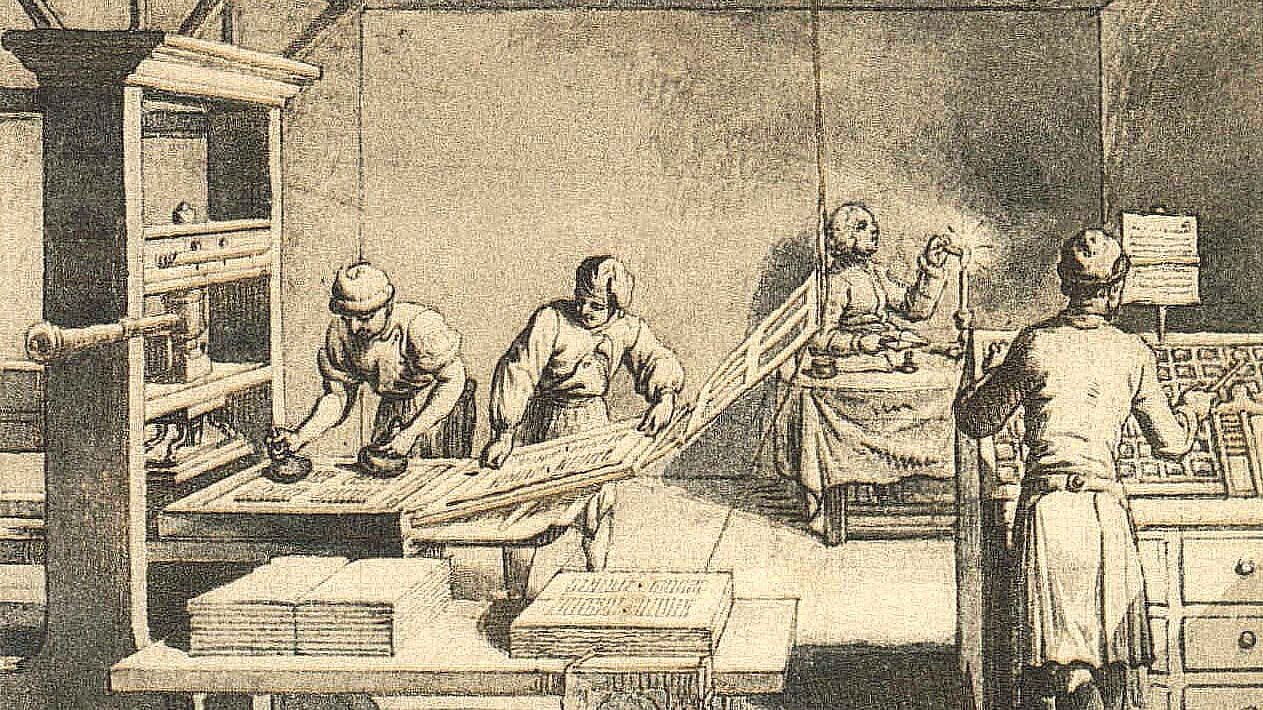Module 07. Mauryan Empire
The Mauryan Empire was the first large-scale imperial state to unify most of the Indian subcontinent under a centralised administration. Founded by Chandragupta Maurya in 321 BCE, it marked a transformative phase in ancient Indian history by establishing a powerful bureaucratic system, efficient governance, and a vast military structure. The empire’s capital at Pataliputra (modern Patna) became a major political and cultural centre of the ancient world. Under Ashoka the Great, the Mauryan realm reached its zenith, extending from Afghanistan in the northwest to Bengal in the east and as far south as modern-day Karnataka.
Background and Formation
The rise of the Mauryan Empire followed the decline of the Nanda Dynasty in Magadha. The Nandas had created a strong economic foundation but were unpopular due to heavy taxation and despotism. Chandragupta Maurya, with the guidance of the political strategist Chanakya (Kautilya), overthrew Dhana Nanda and established the Mauryan rule around 321 BCE.
The political landscape of India at that time was fragmented into several Mahajanapadas, or large kingdoms, which were often in conflict. The conquests of Alexander the Great (327–325 BCE) in north-western India had further destabilised the region, paving the way for Chandragupta’s rise. By defeating Seleucus Nicator, one of Alexander’s successors, Chandragupta not only secured the north-western frontier but also concluded a treaty that included the exchange of ambassadors—one of whom, Megasthenes, left valuable accounts of Mauryan society in his work Indica.
Administration and Governance
The Mauryan administration was a model of efficiency and organisation. The empire was divided into provinces, each governed by royal princes or appointed officers. These provinces were further subdivided into districts and villages, forming a hierarchical administrative network.
Chanakya’s Arthashastra, a seminal treatise on statecraft, outlines the administrative principles and economic policies followed by the Mauryan rulers. The empire maintained a centralised bureaucracy, with various departments overseeing revenue, agriculture, trade, espionage, and military affairs. The emperor was the supreme authority, assisted by a council of ministers known as the Mantriparishad.
The Mauryans introduced a uniform taxation system, collecting revenue primarily from agriculture, trade, and mines. They also developed extensive irrigation systems, roads, and infrastructure to promote internal trade and communication.
Military and Expansion
The Mauryan military was one of the largest standing armies of the ancient world. According to Greek sources, it included 600,000 infantry, 30,000 cavalry, 9,000 war elephants, and 8,000 chariots. The army played a crucial role in maintaining internal stability and protecting the empire from external threats.
Chandragupta’s son, Bindusara, continued his father’s expansionist policy, consolidating territories in southern India. The empire reached its greatest territorial extent under Ashoka the Great (r. 273–232 BCE), who initially expanded through conquest, notably the Kalinga War (c. 261 BCE). This brutal conflict resulted in immense loss of life and deeply affected Ashoka, leading to his renunciation of violence and adoption of Buddhism.
Ashoka and the Age of Dharma
Ashoka’s reign is regarded as the golden age of the Mauryan Empire. After embracing Buddhism, he propagated the principles of Dhamma (moral law), which emphasised compassion, truthfulness, tolerance, and non-violence. He built stupas, pillars, and edicts across the empire to disseminate these values.
His inscriptions, written in Prakrit, Greek, Aramaic, and other languages, constitute one of the earliest examples of royal inscriptions in Indian history. They provide invaluable insight into his administration, moral philosophy, and concern for the welfare of his subjects. Ashoka sent Buddhist missionaries to regions such as Sri Lanka, Central Asia, and Southeast Asia, promoting the spread of Buddhism beyond India’s borders.
Under Ashoka’s patronage, art and architecture flourished. The Ashokan pillars, with their polished stone surfaces and symbolic animal capitals (such as the Lion Capital of Sarnath, now India’s national emblem), represent the peak of Mauryan sculpture. The empire also sponsored the construction of monasteries and universities, contributing to the cultural and intellectual advancement of ancient India.
Economy and Society
The Mauryan economy was largely agrarian, supported by fertile river valleys and efficient irrigation systems. The state played an active role in regulating trade and industry. Guilds (known as shrenis) were common, representing artisans, merchants, and craftsmen.
Trade routes, both overland and maritime, connected India to Central Asia, the Middle East, and the Mediterranean. Goods such as textiles, spices, ivory, and precious stones were major exports. The use of punch-marked coins indicates a monetised economy.
Society under the Mauryas was hierarchical but relatively stable. The state protected diverse religious and cultural groups. Women held certain rights in property and education, though social norms remained largely patriarchal.
Decline and Disintegration
The decline of the Mauryan Empire began soon after Ashoka’s death around 232 BCE. His successors proved weak and unable to manage the vast territory. The over-centralised administration, coupled with increasing regional autonomy, led to fragmentation.
By around 185 BCE, the empire had effectively disintegrated when Pushyamitra Shunga, a former Mauryan general, assassinated the last emperor, Brihadratha, and founded the Shunga Dynasty. Regional kingdoms re-emerged, and the political unity of India was lost for several centuries.
Legacy and Significance
The Mauryan Empire left an enduring legacy in Indian political thought, culture, and religion. It established the foundation of imperial governance, serving as a model for later empires such as the Gupta and Mughal. The propagation of Buddhism under Ashoka transformed India into a major centre of spiritual and philosophical exchange.
Mauryan art and architecture, administrative innovations, and moral governance contributed significantly to the subcontinent’s civilisational development. The empire’s emphasis on dharma, tolerance, and welfare resonates as one of the earliest examples of ethical statecraft in world history.

